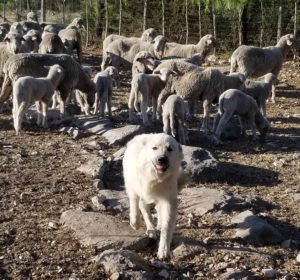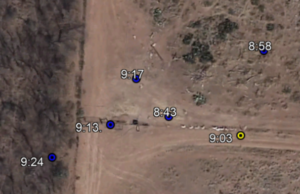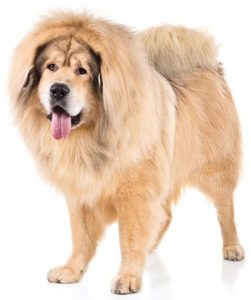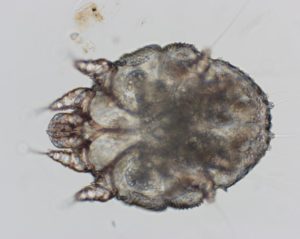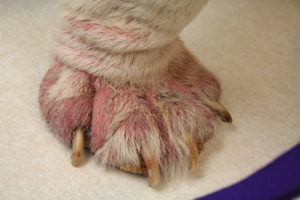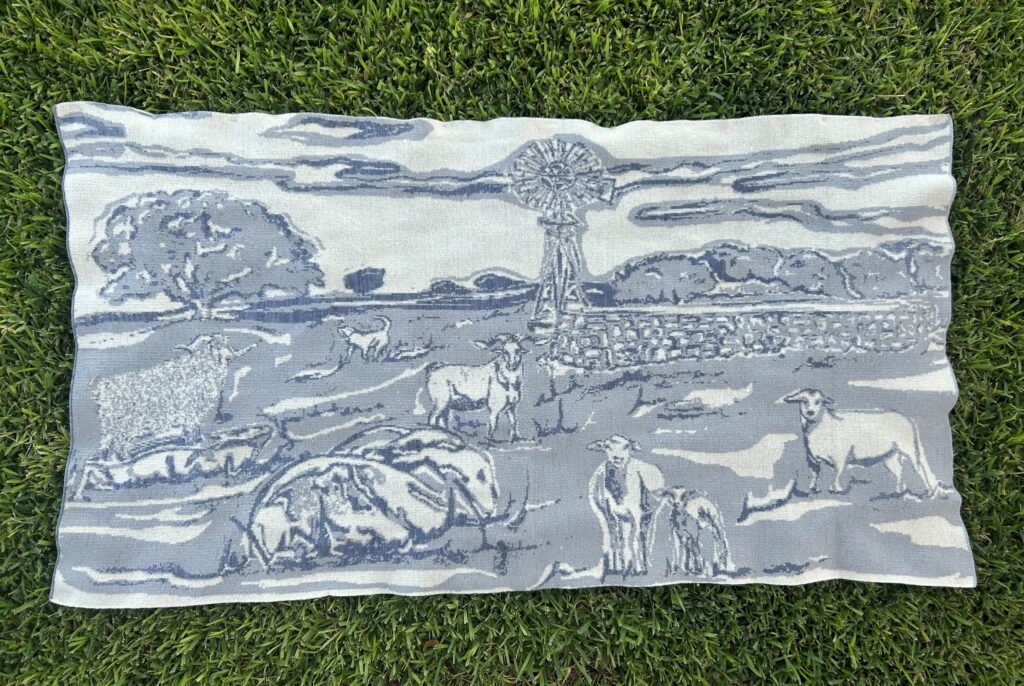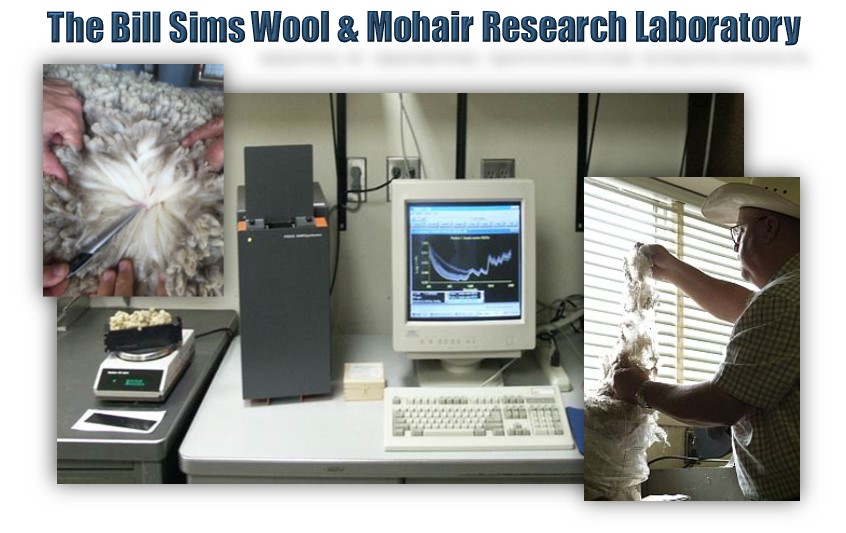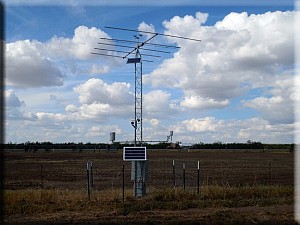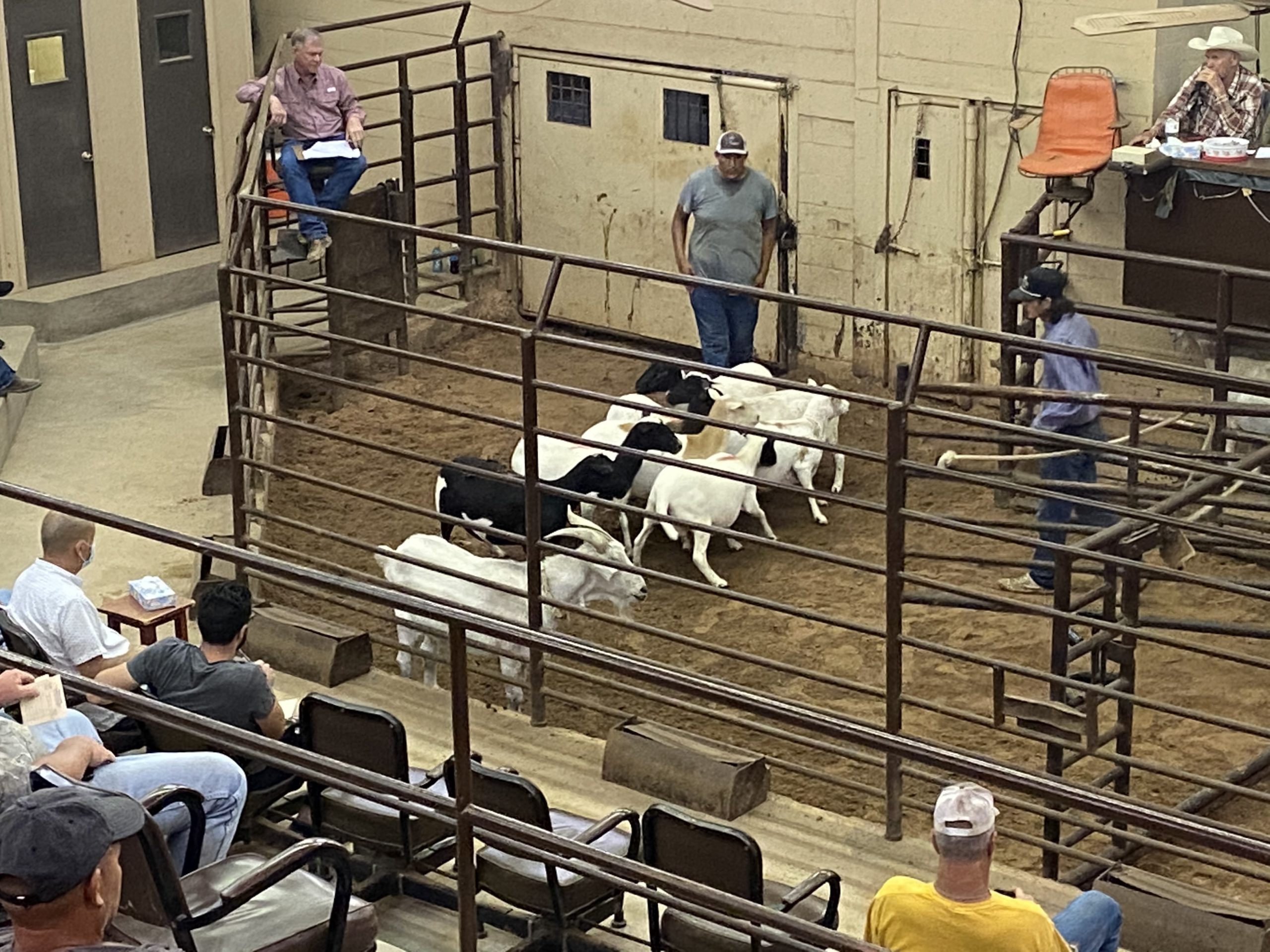LGD Webinar
On May 1 we held our first LGD Webinar with over 90 people actively watching during the events scheduled time. We discussed several things regarding the LGD program at the Texas A&M AgriLife Research and Extension Service Center, from inception to the current time, including the puppy bonding program. We reviewed our initial results of the set of six pups that we bonded last fall. We also reviewed GPS tracker information and had a panel of three local producers. I would like to thank our producers, Grant and Misty Giles, Kristal Spenrath and Shirley Pfeiffer Kilgore, for taking time out of their schedules to provide information on their experiences with GPS trackers and invisible fencing.
If you missed the webinar or wanted to review it again the event is posted online at https://www.youtube.com/watch?v=Ud0wWcNXaEA . While you are there, go ahead and subscribe to our channel and check out our other videos. We are hoping to host additional webinars in the future. If you have any topics that you would like us to focus on, please send an email with your topic to bill.costanzo@ag.tamu.edu.
LGD Puppy Bonding Project
The Superheroes are all doing well still. Recently I went out to help process lambs and all three of the dogs approached us and were happy to see everyone. Thor and Hulk spent most of the day sleeping under a tree in the working pen while Goliath kept an eye on what we were doing to his lambs.
The Legends of Country music have been released into the large pasture now and have GPS trackers on them. Waylon encountered another large dog and suffered some wounds that required stitches. Based on the size and location of Waylon’s injuries our vet believed it was an adult dog. After reviewing our GPS tracking data, we believe it was one of our adult female LGDs, but with GPS drift and the trackers updating once every 15 minutes we may never know for sure. The pups and our adult female had shared the fence line for a couple weeks before the event occurred. In addition, the female dog has never been aggressive towards humans or our other LGDs at the Center. Waylon is an aggressive pup and
may have challenged her which could have caused the confrontation to occur between them. We encourage producers to use GPS trackers on their LGDs so that if something like this occurs with a neighbor’s dog or livestock, they are hopefully able to show that their LGD was or was not the cause of the injuries. If we discover any other information about Waylon’s injuries, we will keep our followers updated.
Willie also got to see the vet this month for an injured paw. Somehow, he managed to completely pull out a toenail on a back foot which quickly got infected. After some antibiotics and time in the kennel he recovered from the infection. He is back out with Johnny protecting their ewe lambs.
The Stooges are still doing well at their cooperating producer’s ranch in Crockett county. He is happy with their progress and is looking for some more dogs to add to his operation.
Breed Spotlight – Tibetan Mastiff
The Tibetan Mastiff is a large working dog from the Himalayas. Tracing the breeds history back to antiquity, it acted as the guardian and companion of the Tibetan villagers and nomads. Accounts by travelers to the region, dating back to the late 1200s, describe a large dog with natural strength and physical and mental impressiveness, which is evident in the Tibetan Mastiff today. Even its deep bark has been described as a unique and highly treasured feature of the breed. The Tibetan Mastiff may be the forefather of all large mountain and mastiff breeds.
The dogs are large, sound, well-boned, muscled, and powerfully built while still very agile. The impressive head provides a noble and dignified look, enhanced by a mane around the head and neck. The head is balanced by a curled tail carried over the back. The Tibetan Mastiff is still widely used in its traditional role as a natural guardian of families and flocks. They are highly intelligent, strong-willed, independent, aloof and protective when necessary. They can be patient and tolerant; but may be wary of strangers to their territory.
The Tibetan Mastiff keeps its double coat all year, with little shedding until spring/summer. They often have a ruff or mane around the neck and a shawl down the spine. The outer coat is harsh in texture, thick, stands off the body, and ranges from fairly short to moderately long. The undercoat is dense and woolly in cold climates and becomes sparse in warm weather. Shedding normally lasts about eight weeks and requires regular brushing during shedding. Tibetan Mastiffs retain the longer guard hairs until fall when the undercoat again begins to grow.
The coat ranges in colors from black to chocolate brown and slate gray, all with or without tan markings, as well as, various shades of gold. The shades of gold and the tan markings may range from cream to dark red/gold. Pigmentation on lips, nose and eye rims is black, except on a few colors where it is a darker gray-black. These dogs are very slow to mature taking between three to five years. The dogs can range from 75 to 160 pounds. They stand between 24-30 inches in height.
Sources: https://www.ukcdogs.com/tibetan-mastiff, https://www.tibetanmastiff.org/tm-as-livestock-guardian.html , Dohner, Janet Vorwald. Farm Dogs: A Comprehensive Breed Guide to 93 Guardians, Herders, Terriers, and Other Canine Working Partners. Storey Publishing, 2016.
External Parasites – Mange
This is the final part of a four-part series on external parasites that can infect livestock guardian dogs. This month I will be discussing Mange in LGDs. Mange is caused by microscopic mites that invade the skin of healthy animals. These mites cause irritation of the skin, resulting in itching, hair loss, and inflammation. Most types of mange are highly contagious. There are several types of mange that affect dogs, including canine scabies (sarcoptic mange), ear mites (otodectic mange), walking dandruff (cheyletiellosis), canine demodicosis and trombiculosis. Sarcoptic Mange and Canine Demodicosis are the two most common types that dogs can acquire.
Sarcoptic mange, often called Canine Scabies is a highly contagious parasite found on dogs worldwide. The entire life cycle (17 to 21 days) of these mites is spent on the infested dog. Females burrow tunnels in the skin to lay eggs. Mange is easily spread between animals by contact. The incubation period varies from 10 days to 8 weeks, depending on how severely the dog is infested, part of the body affected, number of mites transmitted, and the individual dog’s health and hygiene.
Not all dogs have signs when they are infested with sarcoptic mange mites. Usually, the animal will have intense itching that comes on suddenly. Initially, infested skin will erupt with small, solid bumps. Because the dog scratches or bites itself to relieve the itch, these bumps and the surrounding skin are often damaged, causing thick, crusted sores. Secondary yeast or bacterial infections can develop in the damaged skin. Usually, the sores appear first on the abdomen, chest, ears, elbows, and legs. If the mange is not diagnosed and treated, the sores can spread over the entire body. Dogs with long term, recurring mange develop oily dandruff, severe thickening of the skin with wrinkling and crust build-up, and oozing, weeping sores. Dogs affected this severely can become emaciated and may even die. Mange is very highly contagious and can spread easily between animals of different species. Treatment should include all dogs and it may be necessary to clip the hair. The crusts and dirt should be removed by soaking with a medicated shampoo, and an anti-mite dip applied.
The mites that cause canine demodicosis live in small numbers in the hair follicles of all dogs. However, for reasons not clearly understood, some dogs have large numbers of Demodex canis mites, resulting in inflammation and hair loss. There is evidence of hereditary predisposition for this condition in some dogs. Since it may be inherited, dogs with demodicosis should not be bred. There are two forms of canine demodicosis: generalized and localized. Localized demodicosis is usually seen in dogs less than one year old. Affected dogs will have one to five small, isolated areas that are usually hairless, red, and scaly. Itching is mild or absent. A few cases of localized demodicosis progress to the generalized form, though most cases resolve without treatment.
The generalized form of demodicosis can occur in young dogs or in adults and occurs when the dogs immune system is unable to fend off the mites. Affected dogs have severe disease with widespread inflammation of the skin. Generalized demodicosis can cause hair loss, reddened and swollen skin, increased pigmentation (darkening of the skin), raised lumps that look like acne, and scabs. Secondary bacterial infections are common. Many dogs with generalized demodicosis also have inflamed foot pads. Other signs can include enlarged lymph nodes, lethargy, fever, and pus-filled inflammation of the deeper layers of skin. Laboratory analysis of deep skin scrapings is usually used to confirm a diagnosis of demodicosis.
Cases of localized demodicosis often resolve without treatment. Generalized demodicosis is a serious disease that requires medical treatment. Medicated shampoos and dips are often used to treat demodicosis. Owners of dogs with demodicosis should understand that treatment of generalized demodicosis can take several months.
Source: https://www.merckvetmanual.com/dog-owners/skin-disorders-of-dogs/mite-infestation-mange,-acariasis,-scabies-in-dogs, https://www.merckvetmanual.com/integumentary-system/mange/mange-in-dogs-and-cats?query=mange
Breeder Profile
This month’s LGD breeder and rancher that is effectively using LGDs in their operation is Chad Raines of Key Farms.
Q: Describe your operation/ranch.
- How many LGDs do you currently use?
- Explain your LGD program.
A: I run approximately 3,000 dorper ewes. All my sheep are run on cropland. I plant my crops for the sheep to eat. Most is on dryland but about 1/3 of my land is irrigated. However, 2/3 of my sheep are on irrigated land. I am always having to rotate my sheep to different farms to chase grazing; thus, it is important that all my dogs are social and can be moved.
I currently have 16 adult LGDs. Six of these dogs are fixed. I also have 10 dogs ranging from 8-months to 1-year-old s. Of which most are for sale. Nine of these dogs are fixed. I currently have 23 puppies on the ground. They range to one week old up to 4 months of age. I like to have my adult LGD’s to train the younger puppies. I leave the puppies with their parents until around 3 months of age or longer depending on the number of sheep and/or the number of total puppies that I have on all my farms. If there are not very many puppies, I take two puppies at a time to other farms and let the adult LGDs at those farms train them. It is very common for me to go to each farm and see young puppies out in the middle of the sheep. I think that it creates a very natural and extremely strong bond with my sheep. I have had a lot of success with my dogs.
Q: What got you started in breeding LGDs?
A: I got started breeding my LGD’s because I really like my alpha male. He had all the qualities that I looked for in my LGD. It all started when I witnessed him take a 1-day old lamb that had been left behind back out to the herd. At that point, I knew that he was special. Plus, he just had the respect from the other LGD’s without having to show them that he was the alpha. He is just different. It’s like with people, there are those that are natural leaders. I am also picky about which females that I breed.
Q: How long have you bred LGDs?
A: I have been breeding LGDs for about 5 years now.
Q: What breed of LGDs do you raise?
A: All my LGDs are Akbash except two. Those are Anatolians. My female Anatolian is one of my best females. What I like about my Akbash is the fact they are short-haired. In my cropland setting, we do not have any trees. The only shade available are the ones we build. Plus, I like that they don’t get burrs in their coats.
Q: Do you have an LGD mentor?
A: No.
Q: What’s the one thing you wish you knew before starting to breed LGDs?
A: Socialization. I socialize all of my dogs. I don’t think it’s wrong petting my LGDs. I also think it’s important to praise your dogs. Let them know that they are doing a good job guarding your stock. I don’t make them pets but they all know and love me. But their first love are my sheep. I never question that they are truly bonded with the sheep.
Q: What is the number one thing you recommend to a new LGD user?
A: Something that I would recommend to a new LGD producer is to think about your situation and what type of LGD would fit your operation best. I have a lot of people call me about puppies but that’s not always what they need. Puppies cannot immediately guard the stock. I sell a lot of adult dogs. They are much more expensive than a puppy, but they go in and immediately start to guard the stock. Just think about the number of losses that are being lost to predators and the price of the adult dog isn’t so bad.
Q: What is your favorite LGD or LGD story and why?
A: Overall, I think that I enjoy raising LGD’s as much, if not more than, sheep. Just don’t overthink things with your dogs. They are extremely intelligent and just want to do their job. I just try not to get in their way.
LGD Timely Tips
Every Tuesday check out our Facebook page @TAMUlivestockguardog for Tuesday’s LGD Tip of the Week!
- Never purchase an LGD that is mixed with a non-LGD breed to guard your stock.
- If you are using a new LGD breeder, ask if they guarantee their dogs and what’s include in that guarantee.
- Having an older dog guide a new puppy during its first year on the job is helpful during the training process.
To provide feedback on this article or request topics for future articles, please contact me at bill.costanzo@ag.tamu.edu or 325-657-7311.
Bill Costanzo
Research Specialist II, Livestock Guardian Dogs
Follow us on Facebook: https://www.facebook.com/TAMUlivestockguarddog/
Follow us on YouTube: https://www.youtube.com/channel/UCF7YbP6bNDV7___6H8mifBA

